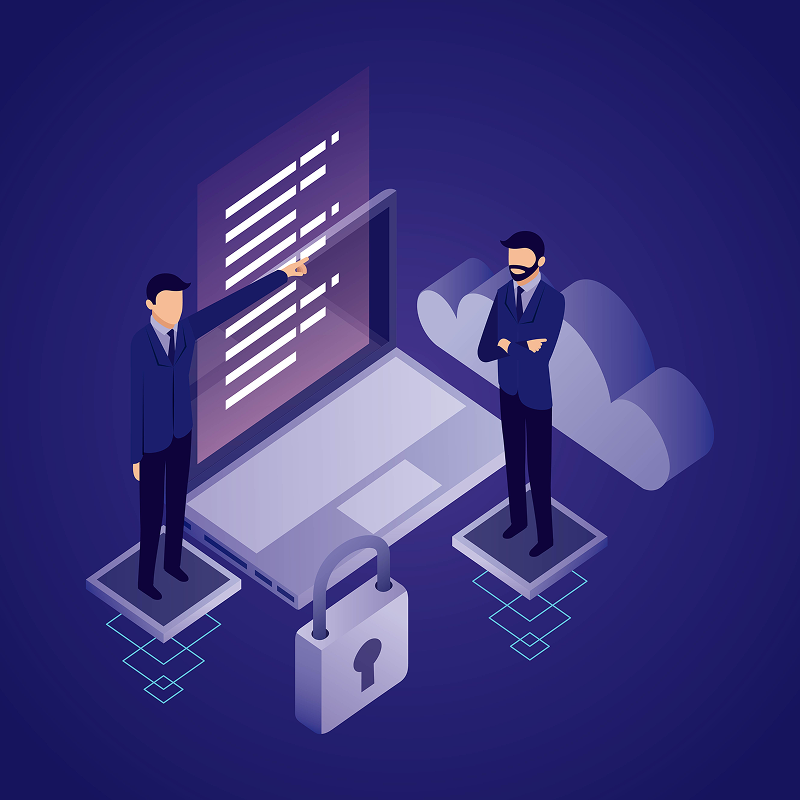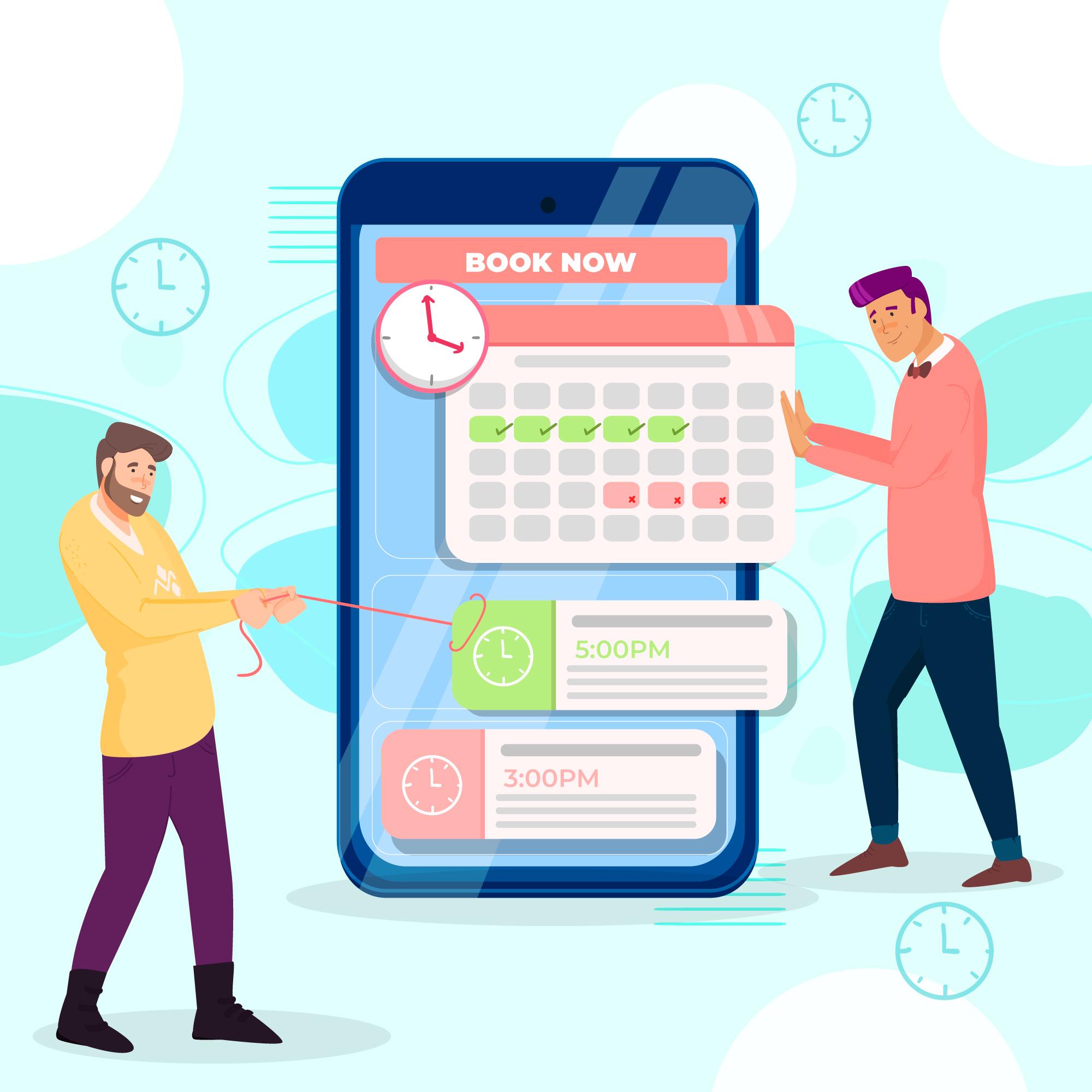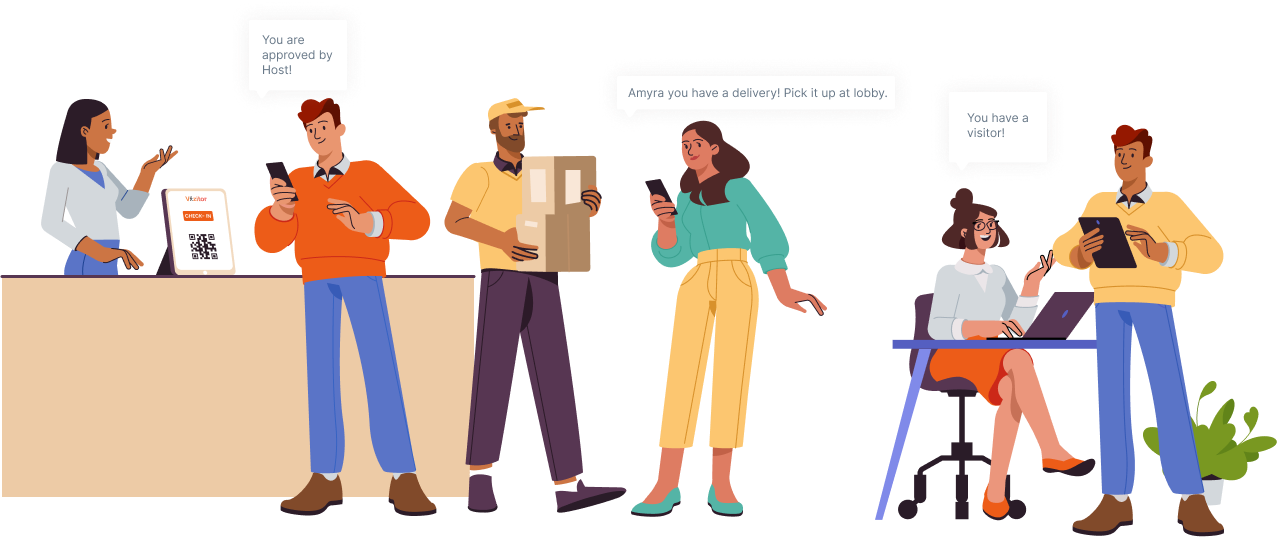Table of Content
Try Vizitor for Free!

Tue, Mar 4, 2025
Read in 9 minutes
In 2025, workplace security breaches are at an all-time high 1 in 5 businesses face a security incident every year. Whether it’s unauthorized access, cybersecurity threats, or compliance violations, weak security strategies can put employees, visitors, and business operations at risk. But is your security strategy truly foolproof? By asking these five critical questions, you’ll uncover hidden vulnerabilities and future-proof your workplace security. Let’s get started!
But how do you know if your current security measures are effective? The key lies in asking the right questions and using data-driven insights to refine your approach.
With workplace security challenges evolving every day, companies need smart, technology-driven solutions like Vizitor, a modern visitor management system, to enhance security and compliance.
Here are five critical questions that will help you evaluate and improve your workplace security strategy:
Q1. Are You Tracking and Managing Visitors Effectively?
Visitor management is a core component of workplace security. A lack of visitor tracking can lead to unauthorized access, security breaches, and compliance violations. Managing who enters and exits your facility is a cornerstone of workplace security.
Reflect on the following aspects:
- Is there a standardized procedure for registering visitors upon arrival?
- Are visitors granted access only to areas pertinent to their visit?
- Do we have systems in place to track visitor movements within the premises?
- Do you have a visitor management system in place?
- Are you keeping digital records of every visitor entering your premises?
- Can you quickly track visitor history if needed?
A paper logbook is outdated and ineffective in today’s security landscape. Implementing an automated Visitor Management System (VMS) can streamline these processes.
Such systems enhance security by improving control and visibility of visitors, ensuring only authorized individuals gain access to specific areas.
Our Visitor Management System Vizitor offers a digital check-in system that records visitor details, captures photos, and even issues digital badges—ensuring that every visitor is accounted for.
💡Using a cloud-based visitor management system allows you to track and monitor visitor data in real time, enhancing workplace security and compliance.
Q2. Is Your Workplace Compliant with Security and Safety Regulations?
Ensuring that your workplace adheres to all relevant security and safety regulations and compliance standards is crucial for the well-being of employees and the legal standing of your organization.
Non-compliance with safety regulations can result in hefty fines, legal consequences, and increased security risks. Companies need to align their security strategies with local and international compliance standards.
Common Key Considerations:
- Are your security policies aligned with OSHA, GDPR, ISO 27001, and other workplace safety regulations?
- Do you conduct regular security audits and risk assessments?
- Are your employees aware of security compliance requirements?
How do you ensure Compliance?
To ensure compliance:
- Regular Audits: Conduct periodic safety audits to identify and rectify potential hazards.
- Employee Training: Implement training programs to educate staff about safety protocols and their rights under these laws.
- Policy Updates: Stay informed about legislative changes and update workplace policies accordingly.
💡Use digital checklists and audit trails to track compliance progress and ensure all safety measures are updated regularly.
3. Are Employees and Visitors Aware of Your Security Policies?
Even the most advanced security systems will fail if employees and visitors do not follow security protocols. Ensuring awareness and adherence is critical to an effective security strategy.
What are some key Considerations?
- Do employees and visitors understand and follow workplace security measures?
- Are visitors briefed on security policies upon entry?
- Do you conduct security training and emergency drills for employees?
Many security breaches occur due to lack of awareness or negligence. Providing clear guidelines and automated security briefings can significantly improve compliance.
Vizitor helps automate visitor check-ins while ensuring they acknowledge security protocols before entering the premises.
The system streamlines the registration process, issues identifiable visitor badges, and can provide automated briefings on security measures.
This not only reinforces policy awareness but also ensures that visitors are consistently informed about their responsibilities while on-site.
How do you make your employees aware of your security policies?
For Employees:
Regular Training Sessions: Conduct periodic training to familiarize staff with security procedures, including visitor management protocols. This ensures that employees are equipped to enforce policies effectively.
Clear Communication Channels: Utilize internal communications—such as emails, newsletters, or intranet postings—to disseminate updates or changes in security policies promptly.
Accessible Policy Documentation: Maintain easily accessible records of all security policies, allowing employees to reference them as needed.
For Visitors:
Pre-Visit Information: Provide visitors with guidelines outlining expected security procedures before their arrival. This can be achieved through email communications or a dedicated section on your organization’s website.
On-Site Briefing: Upon arrival, ensure visitors receive a concise briefing on essential security measures, including areas they are permitted to access and any restrictions in place.
Digital Signage: Display clear and informative signs throughout the premises to guide visitors on security protocols, such as check-in procedures and restricted areas.
4. How Secure Is Your Data from Unauthorized Access?
With the rise of cyber threats, securing confidential workplace data is just as important as physical security. Unauthorized access to sensitive information can lead to data breaches, identity theft, and financial losses.
What should you consider?
- Do you have access control measures like biometric authentication or smart badges?
- Is visitor data stored securely and encrypted to prevent data leaks?
- Are cybersecurity measures integrated with your physical security system?
A data breach can cause significant reputational and financial damage. Implementing multi-factor authentication, restricting visitor access to sensitive areas, and using encrypted cloud storage for visitor logs enhances security.
To assess and enhance your data security, consider the following measures:
Implement Strong Password Policies: Ensure that all employees use complex, unique passwords and change them regularly. Discourage the reuse of passwords across different platforms.
Enable Multi-Factor Authentication (MFA): Adding an extra layer of security, such as a mobile code or biometric verification, can significantly reduce the risk of unauthorized access.
Regularly Update Software and Systems: Keep all applications and operating systems up to date to protect against known vulnerabilities.
Monitor and Audit Access Logs: Regularly review access logs to detect and respond to suspicious activities promptly.
💡 Conduct regular cybersecurity audits and implement role-based access controls (RBAC) to minimize security vulnerabilities.
5. How Quickly Can You Respond to a Security Threat?
The speed at which an organization can detect and respond to security threats is critical in minimizing potential damage. Rapid emergency response times can significantly reduce the impact of incidents such as data breaches, ransomware attacks, or unauthorized access.
A strong security strategy includes rapid threat detection and emergency response mechanisms. The ability to react swiftly in case of a security breach can prevent property damage, data theft, or harm to personnel.
Some Key Considerations:
- Do you have an emergency response and Preparedness plan for security incidents?
- Can you instantly alert employees and visitors in case of an emergency?
- Is your security system integrated with emergency services for quick response?
Having a real-time alert system and a well-trained response team can significantly reduce damage and enhance workplace safety.
Vizitor’s real-time notifications ensure that security teams are immediately informed about unauthorized visitors or suspicious activities.
FAQs: Workplace Security Strategy in 2025
Q1: What are the top workplace security trends in 2025?
Answer: The top workplace security trends in 2025 include AI-powered threat detection, Zero-Trust security models, cloud-based visitor management systems, biometric access control, and real-time cybersecurity monitoring. Businesses are focusing on integrating physical and digital security to prevent data breaches and unauthorized access.
Q2: How can I improve workplace security in 2025?
Answer: To improve workplace security in 2025, companies should implement smart visitor management systems (VMS), use biometric access control, conduct regular security audits, provide employee security training, and adopt AI-powered surveillance. Using a cloud-based security system helps track and respond to threats in real time.
Q3: What is a Zero-Trust security model in the workplace?
Answer: A Zero-Trust security model means no user or device is automatically trusted every access request must be verified, authenticated, and continuously monitored. This approach minimizes risks by requiring multi-factor authentication (MFA) and role-based access control (RBAC).
Q4: Why is visitor management important for workplace security?
Answer: Visitor management is crucial because it helps businesses track who enters and exits the premises, prevent unauthorized access, and maintain compliance with security regulations. A digital visitor management system (VMS) enhances security by using ID verification, real-time monitoring, and automated visitor logs.
Q5: How does AI improve workplace security?
Answer: AI enhances workplace security by detecting suspicious activity in real time, automating threat detection, identifying unauthorized access, and integrating with emergency response systems. AI-powered surveillance systems can analyze behavior patterns and prevent security breaches before they occur.
Q6: What security compliance regulations do businesses need to follow in 2025?
Answer: In 2025, businesses must comply with ISO 27001, GDPR, OSHA, CCPA, HIPAA, and local data privacy laws to ensure workplace security. Regular security audits, employee training, and data encryption are essential for compliance.
Q7: How can businesses protect sensitive data in the workplace?
Answer: Businesses can protect sensitive data by encrypting files, implementing multi-factor authentication (MFA), restricting access with role-based controls, conducting regular cybersecurity audits, and using AI-driven fraud detection systems.
Q8: How fast should a company respond to security threats?
Answer: Businesses should respond to security threats immediately by using real-time security monitoring, automated alert systems, and AI-driven incident response tools. Companies should also conduct emergency drills and have a crisis response plan in place.
Q9: What is the best way to train employees on workplace security?
Answer: The best way to train employees on workplace security is by providing regular security awareness training, phishing simulations, access control education, and hands-on emergency response drills. AI-based learning platforms can also customize security training based on employee roles.
Q10: How can businesses prevent unauthorized access to their premises?
Answer: Businesses can prevent unauthorized access by using biometric authentication, smart access control systems, visitor management software, and AI-powered surveillance. Regular security audits and employee training further reduce security risks.
Final Thoughts: Secure, Compliant & Future-Ready Workplaces with Vizitor
In 2025, workplace security is no longer just a compliance requirement, it’s a strategic necessity. Businesses must focus on real-time threat detection, seamless visitor management, and automated compliance to safeguard employees, data, and operations.
By addressing these five key security questions, you can:
- Strengthen visitor management to prevent unauthorized access
- Ensure full compliance with ISO 27001, GDPR, and OSHA regulations
- Improve security awareness among employees and visitors
- Protect sensitive data with AI-powered cybersecurity measures
- Optimize emergency response with real-time security alerts
Enhance Workplace Security with Smart Solutions
A proactive approach to security reduces risks, enhances compliance, and creates a safer, more efficient work environment. Vizitor helps businesses implement automated security measures, real-time monitoring, and AI-powered access control to prevent threats before they happen.
Is Your Workplace Security Strategy Future-Ready?
Now is the time to strengthen your security infrastructure. Get a free security consultation and see how Vizitor can help you streamline security, ensure compliance, and enhance workplace safety.









